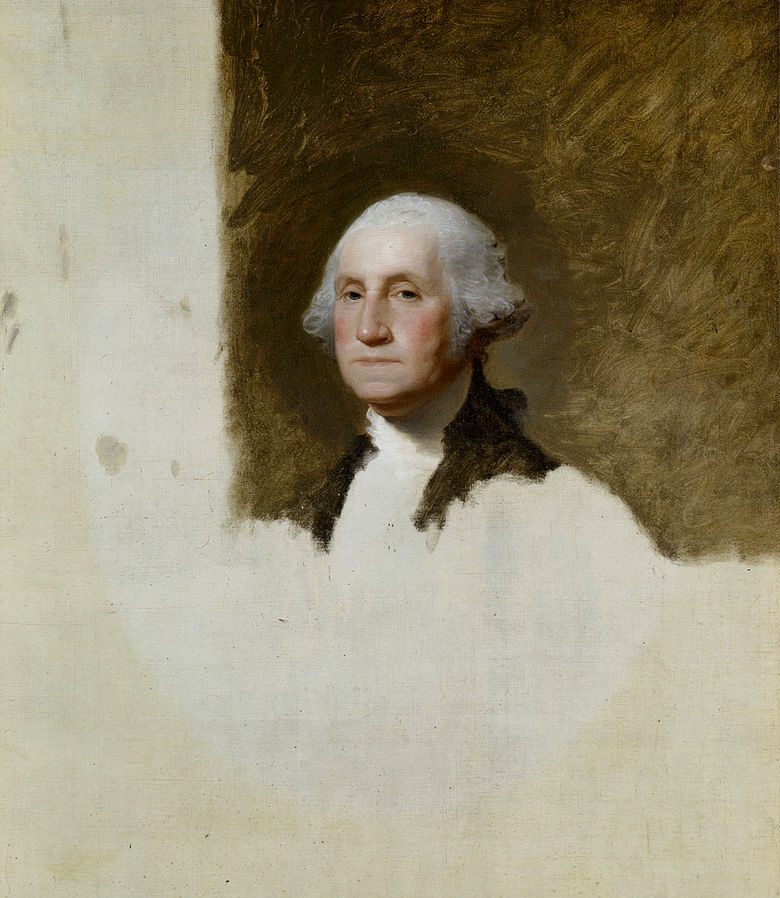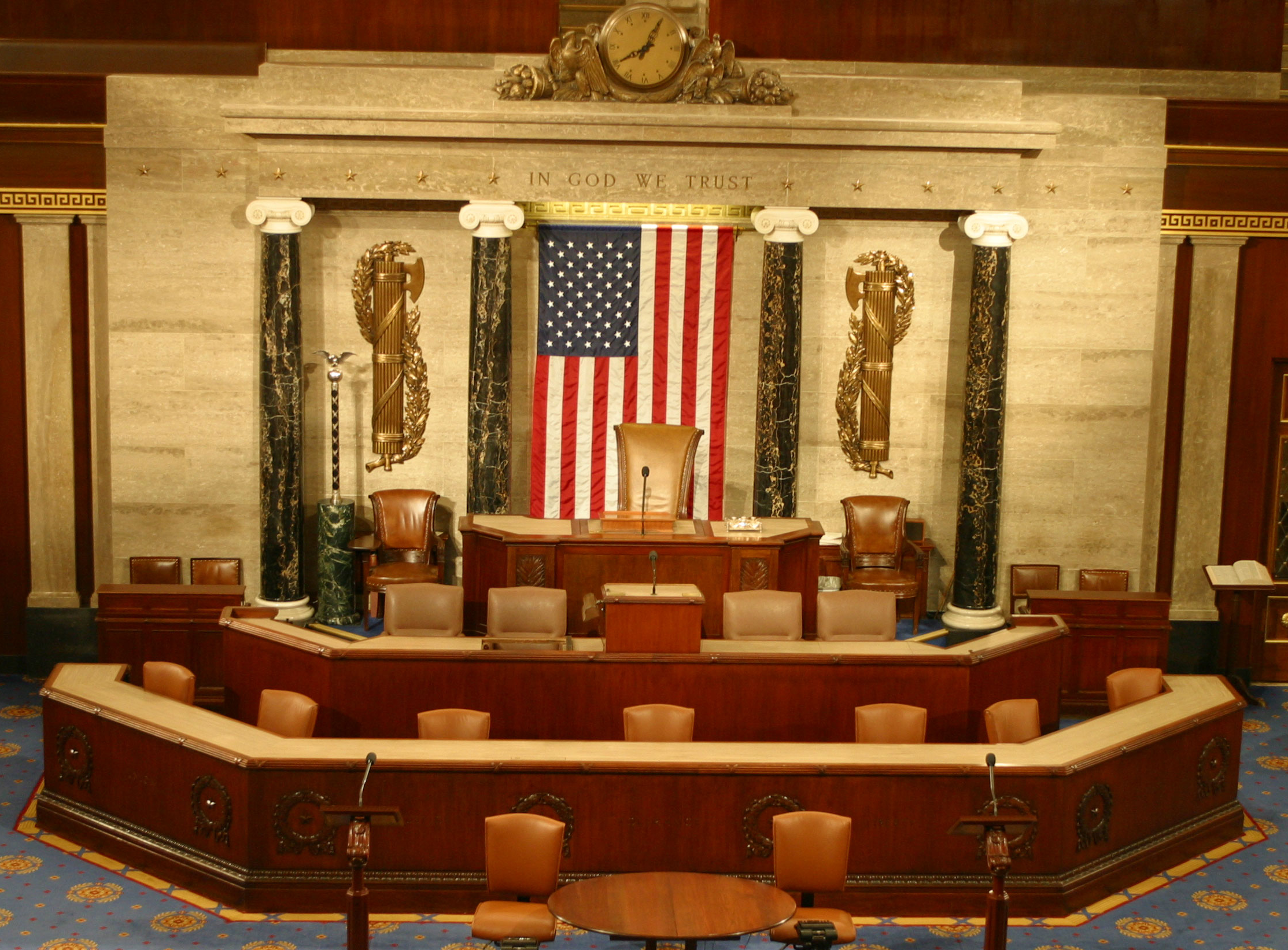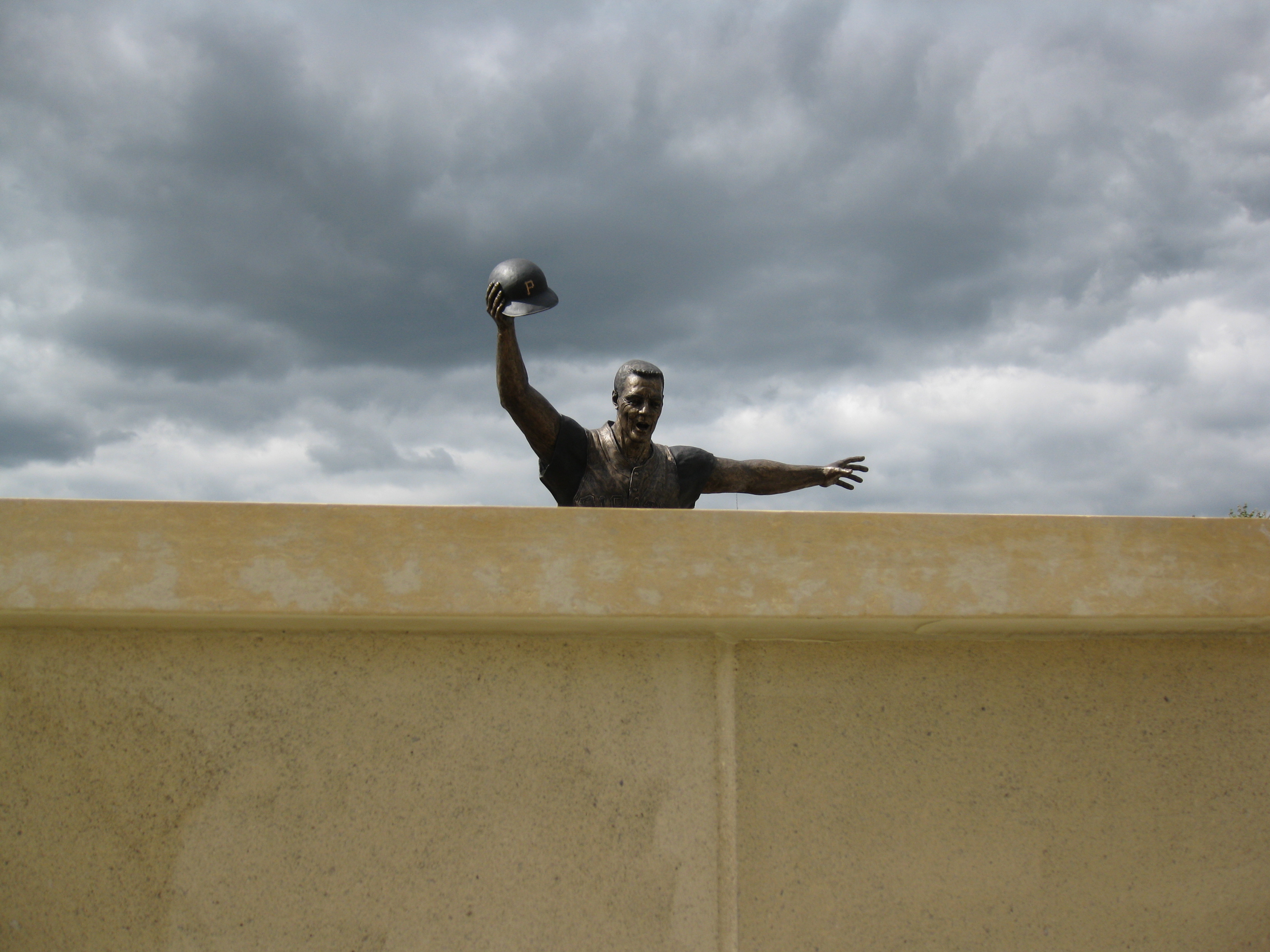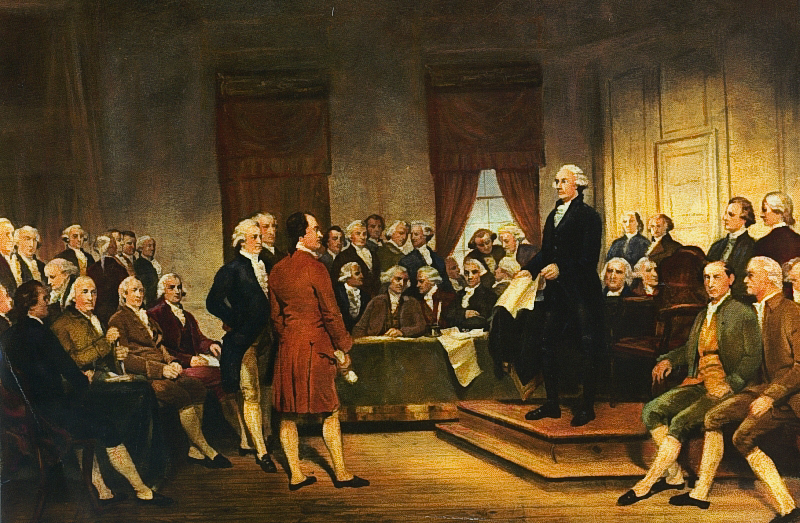The Limits of Liberty
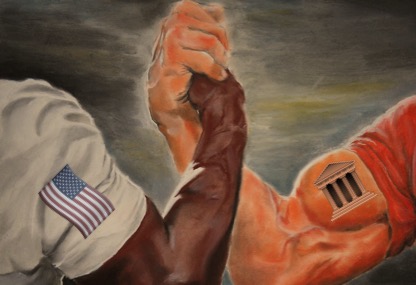
“Unsatisfying.” Michael Brendan Dougherty’s tweet following the debate between classical-liberal stalwart David French and his post-fusionist conservative opponent Sohrab Ahmari captures how I felt once the melee ended. Here’s hoping the next debate, to be held this week at Notre Dame with Charles Kesler, Editor of the Claremont Review of Books, is better.
The last event served as the culmination of an intensifying squabble triggered by Ahmari’s article “Against David French-ism.” There, he identifies French as a fittingly milquetoast symbol of the impotence of classical liberalism. Its adherents, Ahmari claims, have shrunken from battle in key fronts of the culture wars, leaving a vacuum in the public square into which the Left has aggressively pushed its agenda. Christians and other traditionalists, Ahmari argues, should push back—even if it means embracing a form of post-liberalism themselves.
For what it’s worth, I believe Ahmari is wrong. Yet much to my disappointment, French soundly crushed him during Thursday’s debate—too soundly, in fact. The Right needs this debate, but it needs a competitive version. The one-sided affair that took place did little to address what many on the Right believe is an emerging threat to the American sociopolitical order, one that classical liberalism likely helped bring about: the excessive expansion of the sphere of autonomy.
What Ahmari has made clear is that that while social conservatives have won “discrete victories” in the culture wars—French mentioned the passage of more restrictive abortion laws and recent rollbacks of Title IX rules as examples during the debate—“the overall balance of forces has tilted inexorably away.”
Indeed, the Left has made headway in pushing the cultural median in an increasingly progressive direction, and, in more recent years, at a whiplash-inducing pace. The classic example is same-sex marriage. In 2004, 60% of Americans opposed the practice, while only 31% approved. Fifteen years later, those numbers have flipped. What’s more, progressive liberalism’s embrace of radical autonomy has veered, seemingly paradoxically, into increasingly intolerant and even violent territory.
French insisted this headway is just a bit of turbulence. Instead of storming the cockpit à la Flight 93, conservatives should focus on preserving the neutrality of the public square. This, he argued, has protected social conservatives, who are often a minority in contemporary America and, therefore, are threatened by illiberalism.
What French’s solution fails to acknowledge, however, is that the threat to the American sociopolitical order may be coming not only from the illiberal left, but from elements within the liberal order itself.
The Trouble With Liberalism
As their names suggest, classical liberalism on the right and progressive liberalism on the left are in fact two sides of the same coin. Patrick Deneen elaborates on the consequences of their shared assumptions and desired ends in his groundbreaking book Why Liberalism Failed. In it, he observes that both approaches seek to maximize liberty—conceived of as complete personal autonomy—by emancipating individuals from all restraints, whether they be familial obligations, social norms, religious commands or even biological realities. Though classical liberals may pay lip service to these restraints, in practice, they have worked with progressive liberals to expand the sphere of autonomy, or the space where these associational and cultural restraints no longer hold sway.
In other words, the “neutral” public square that classical liberals like French fight to preserve is not actually neutral. Instead, it is designed to further a certain normative aim.
Together, Deneen continues, classical and progressive liberalism have succeeded in expanding the sphere of autonomy beyond limits ever imagined by their architects. Yet in doing so, they have sapped American society of the very cultural resources that sustain it. What’s left is not a community of romanticized, liberated individuals pursuing and achieving happiness, but one of lonely, anxious, discontented individuals, alienated from their fellow human beings and bereft of the shared history, experiences, norms and beliefs they crave.
One only has to glance at the Joint Economic Committee’s charts depicting the mounting rates of “deaths of despair” over the past two decades to get a sense of the effect this increasing alienation may be having on the American people. What’s most worrying about this trend, at least at the sociopolitical level, is that the very isolation that drives people to seek ways to escape their misery is also what drives many of them to embrace totalitarianism.
“Shorn of their deepest ties to family” as well as to “place, community, religion, and culture,” Deneen writes, and “deeply shaped to believe that these forms of association are limits upon their autonomy, deracinated humans seek belonging and self-definition through the only legitimate form of organization remaining to them: the state.”
If we are to preserve the liberal order, then, we need to embrace liberalism while also resisting its culture-depleting inclinations. To do so, we need to identify and elevate a more complex understanding of liberty.
The Purposes of Liberty
Again, liberalism views liberty as the maximization of autonomy. This helps distinguish the philosophy from its ancient and Christian forebears, which conceived of liberty not as the absence of restraint, but as a condition involving self-discipline and self-rule—along with the social and political arrangements designed to instill these virtues in the public. The hope was that internal restraints, and the institutions encouraging their development, would keep tyranny at bay. By combining liberalism’s aim of emancipating individuals from state coercion with the ancient and Christian philosophers’ aim of cultivating internal restraint, we too can hope to forestall the totalitarian impulse animating populists on the left and the right today.
To do so, we must take steps to revitalize the local mediating institutions—families, churches, charities, etc.—that once served as both the glue that held individuals together and the buffer between the individual and the all-powerful state. These institutions will provide the authoritative structures through which conservatives can revive this new notion of liberty. And, as Ahmari insists and French seemed to acknowledge, the state has a role to play in making this happen.
To be sure, I believe French is largely correct: We cannot allow the government to take sides in the culture wars, lest the ‘wrong’ people ascend to office and tilt the levers of power against conservatives. But as my colleague Andy Smarick notes, “we don’t have the luxury of hoping benign neglect will prompt the renaissance of [mediating] institutions.” Instead, we need to find a way to foster the regrowth of civil society through public policy.
Smarick offers a promising solution called “capacitating conservatism.” This approach requires federal and state actors to support conditions at the local level that will allow mediating institutions to emerge and grow. Examples of such policies include competitive grants, tax incentives, savings accounts and vouchers. The goal here is not to empower central administrators to compel certain outcomes; rather, it is to install temporary measures that “prompt local actors to lead through their independent endeavors” and thereby kick-start civil society’s rebirth.
As the debate made clear, Ahmari is not the ideal standard-bearer for those who sense cracks in the classical liberal edifice. This may not be entirely his fault. But whatever his shortcomings this past week, they should not detract from valid criticisms of the ideology French so eloquently defends—or the solutions, short of overthrowing the existing constitutional order, that are still available to us.
The American Mind presents a range of perspectives. Views are writers’ own and do not necessarily represent those of The Claremont Institute.
The American Mind is a publication of the Claremont Institute, a non-profit 501(c)(3) organization, dedicated to restoring the principles of the American Founding to their rightful, preeminent authority in our national life. Interested in supporting our work? Gifts to the Claremont Institute are tax-deductible.
Root, root, root for the electors. If they don't win it's a shame.
Part I: Unfettered reason cannot conserve anything.

